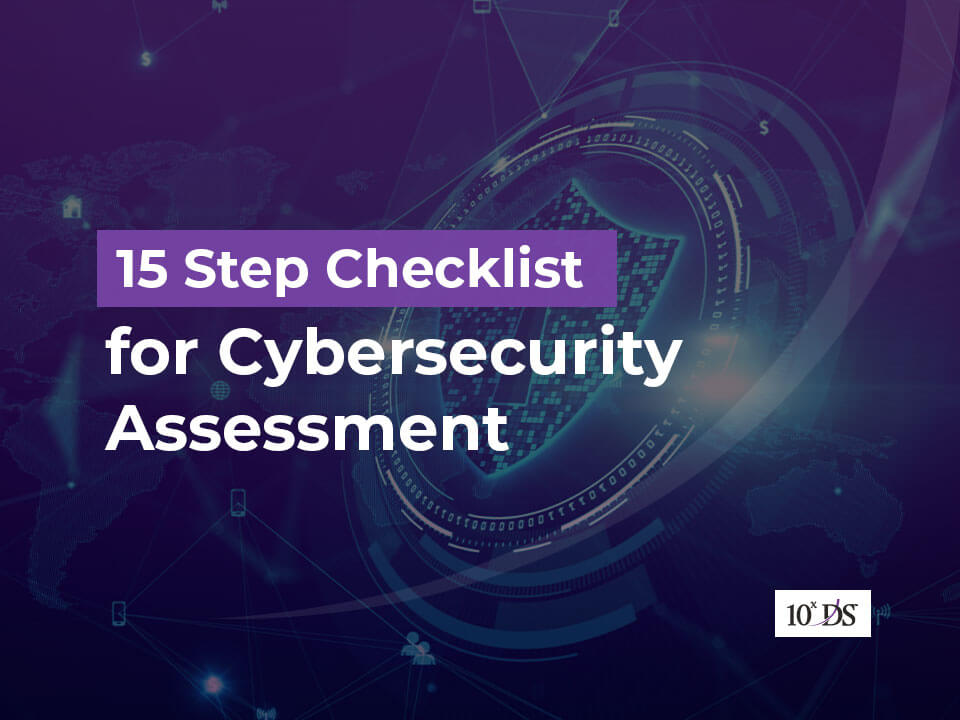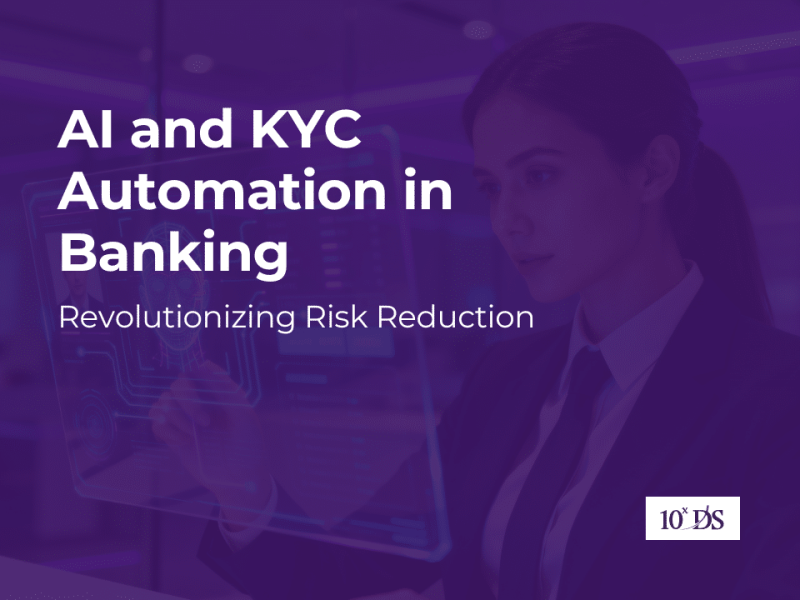
15-Step Checklist for Cybersecurity Assessment
The year 2020 and even now in 2021, the whole world is facing a perilous challenge as we are infected by Covid-19, a deadly virus significantly changed our way of living. The pandemic significantly impacted cybersecurity due to the rapid shift to remote work and increased reliance on digital infrastructure. This allowed the hackers to reign free, taking advantage of the gaps in the remote work environment. Every industry suffered heavily from breaches and ransomware attacks.
The virus is still affecting millions around the globe the work from home trend is continuing and cybersecurity continues to remain a huge challenge. There are projected to be over 30 billion connected IoT devices by 2025, increasing the attack surface for cybercriminals. As per the estimation of Cybersecurity Ventures, Cybercrime is projected to cost the world $10.5 trillion annually by 2025, up from $3 trillion in 2015.
There are several types of cyber-threats, and with emerging technologies like AI and Machine Learning (ML) the hackers can now pinpoint the vulnerabilities in networks and devices for exploits. Now, the fundamental question most businesses face is what steps they can take to better protect data in this highly connected global digital landscape. Companies should start assessing their cybersecurity preparedness.
Cybersecurity Checklist
Let’s have a look at a cybersecurity checklist of actions to assess your risk, identify security threats, reduce your vulnerability, and increase your preparedness.
1. Establish strong IT policies
Organizations must ensure their IT policies define how their IT assets are allowed to be used and what all areas constitute inappropriate use. The IT policies are the foundation of every company’s security plan to help ensure company-wide data security.
2. Regular Training for End-Users
Employees should be aware of the latest trends going on in cybersecurity and enterprises need to provide regular training to employees to safeguard themselves and company assets from malicious attacks. The training should cover phishing, password security, device security, and several different types of attacks. This way employees would know what cybersecurity breaches appear like and what they can do to protect the sensitive data. It is always ideal to have organizational workshops once every six months.
3. Timely OS and Application Updates
Your system’s applications and Operating Systems must be up to date, ensuring the latest security patches are updated. It is best to avoid using Operating Systems where the provider has stopped providing security updates as it can create huge security risks.
4. Use Latest Anti-virus Software and Ensure Updates
Just having antivirus software may not be good enough to guard against attacks. It is necessary to update the software with information on the latest viruses and other malware. Ensure that your subscription for the antivirus software is valid and see to it that the software automatically downloads the newest updates.
5. Strong Password Policy
Companies must maintain a strong password policy where user passwords are changed from their defaults and people find it difficult to guess. The password policy should ensure that the users use long, complex alphanumeric passwords and never reuse the same credentials across different platforms. Moreover, having Multi-Factor Authentications (MFA) can give an additional layer of security to enterprises, ensuring that their systems are not compromised easily.
6. Well Defined Access Control
Companies should restrict access to information and information processing facilities, ensuring only authorized users have access and prevent unauthorized access to systems and services. Unauthorized users gaining access to sensitive data, either accidentally or deliberately can lead to damaging consequences.
7. Reduce Administrative Access Privileges
Companies should ensure that not all users have administrative access to computers, networks, or applications. This way we can reduce the number of users accidentally installing malware, affecting the security measures, and risking sensitive data. Using “Super User” accounts user roles can be defined for people, restricting administrative access to non-authorized users.
8. Segment and Segregate Your Networks
Organizations serious about their data security should have a network segmentation and segregation strategy in place to reduce the possible impact of an attack or intrusion. This way organizations can ensure that most confidential data remain safe and not accessed.
9. Enable Secure Communications
Organizations need to ensure email encryptions for their email applications. Users should avoid using devices outside the company’s control to share confidential data, as it might make the system vulnerable.
10. Ensure Device Security
Organizations should have their company devices enabled with disk encryption and remote-wipe capability to make them useless when they are lost, stolen, or in the hands of perpetrators.
11. Enable Layered Security
Layered security involves having layers of security offering different levels of protection. Organizations must leverage some type of layered security such as anti-virus software, a firewall, and even an intrusion prevention system.
12. Internal and External Vulnerability Tests and Scans
To understand the weaknesses and vulnerabilities in the system it is highly recommended to conduct internal and external vulnerability tests at least once a quarter. By conducting internal scans, harmful programs are checked and in external testing, the strength of the network segmentation and segregation is assessed. It is recommended to penetration testing; simulated attacks are conducted to identify vulnerabilities in the system’s defences and fix issues that have not been previously discovered.
13. Data Backups
Data Backup is probably one of the most important ways to protect your data. It is recommended to have regular backup scheduled to ensure your data is backed up to a secure, encrypted, and off-site location. Data backups can ensure recovery from cyberattacks as well as other natural or human created disasters.
14. Information Security and Cybersecurity Response Planning
For many companies in several industries, creating a cybersecurity incident response plan has become a mandatory and regulatory requirement. An incident response plan offers the organization, clear instructions to help them prepare for, detect, respond to, and recover from cyberattacks or network security breaches. The plan includes ways to mitigate damage from a successful cyberattack and how the systems can recover from it immediately.
15. Secure Development Practices
Last but not the least, secure development practices are one of the ways to secure IT application landscape. To develop a secure application, companies need to integrate security practices into all stages of the software development lifecycle. Along with these secure development practices, the right combination of security procedures and efforts, organizations can reduce the chance of a breach.
Conclusion
This cybersecurity assessment should help organizations ensure better and enhanced security measures. Implementation of cybersecurity systems and policies may be expensive, but this cost will be far less compared to what companies will incur in the event of a successful cyberattack.
Want to know more about cybersecurity assessments and how to successfully stick to cybersecurity checklist, talk to our cybersecurity experts now!
Our experts can guide you and help you better safeguard your critical assets against security threats.


